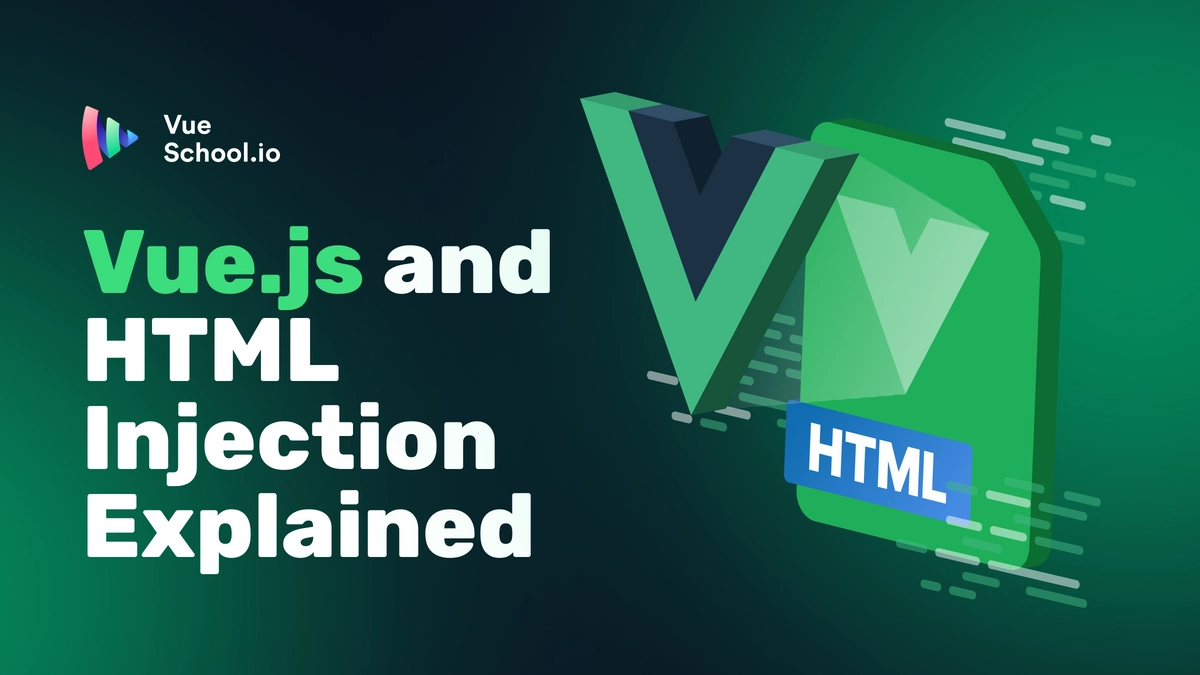Unveiling the Magic of Provide/Inject with Vue.js

Introduction
Vue.js is a progressive JavaScript framework that makes it easy to build efficient and maintainable web applications. One of the lesser-known but powerful features of Vue.js is the provide and inject mechanism, which allows components to communicate and share data with their descendants, regardless of the component hierarchy. In this blog post, we'll explore the provide and inject feature in Vue.js, its use cases, and how to implement it effectively in your Vue.js applications.
What is provide and inject in Vue.js?
provide and inject are a pair of complementary options in Vue.js that enable parent components to provide data and child components to inject and access that data. Unlike props and events, which can pass data only 1 level up or down the component tree, provide and inject allows providing data and/or functions to deeply nested components. This can be incredibly useful when you have deeply nested components that need to share data without passing it through a series of intermediate components.
Providing Data with provide
To provide data using provide, you define it within a parent component, sometimes App.vue, but also any other Vue component with children. Here's an example:
// ParentComponent.vue
<script setup>
import { provide } from 'vue'
import ChildComponent from './ChildComponent.vue'
provide('message', 'Hello from ParentComponent')
</script>
<template>
<div>
<child-component />
</div>
</template>In this example, we have a parent component (ParentComponent) that provides a message property. Any child component within the parent's scope can access this data using inject.
Injecting Data with inject
To access data provided by a parent component, you use the inject function in the child component. Here's how you can access the message provided by the ParentComponent:
//ChildComponent.vue
<script setup>
import { inject } from 'vue
const injectedMessage = inject('message', 'This is the default message')
</script>
<template>
<div>
<p>{{ injectedMessage }}</p>
</div>
</template>In this child component (ChildComponent), we use the inject function to specify which data we want to access, in this case, the message provided by ParentComponent, and then we can reference it anywhere in throughout the component.
Use Cases for provide and inject
Now that you understand how to use provide and inject, let's explore some common use cases where this feature can be valuable:
- Theme or Configuration Settings: You can provide global settings, themes, or configuration options at the root level of your Vue.js application and inject them into any component that needs them.
- Authentication Data: Share user authentication information, such as user details or authentication tokens, with components that require them without passing them down through props.
- Internationalization (i18n): Store translation data at the root level and inject it into components that need to display text in different languages.
- Tightly coupled components: Like i.e.
<AccordianPanel>that only ever appears inside of an<Accordian>component slot. You caninjectshared data that you always want to have access to it without the need to pass it in as aprop.
Here is a minimal example.
Best Practices and Considerations
When using provide and inject, it's essential to keep a few best practices in mind:
- Avoid Overuse: While
provideandinjectcan be powerful, don't overuse them. Reserve them for cases where you genuinely need to share data across components without creating tight coupling between them. - Clear Documentation: Document the data you are providing and injecting to make it easy for developers to understand how components communicate. You can also type them with TypeScript see the official documentation for details.
- Consider Prop Drilling: Prop drilling is usually an anti-pattern, but in some cases, passing data through props might still be a more straightforward and more transparent approach. Evaluate whether
provideandinjectare the best solution for your specific scenario.
Vue.js's provide and inject feature is a versatile tool for facilitating communication between components in your Vue.js applications. It offers an elegant solution to avoid prop drilling and simplifies data sharing in deeply nested component hierarchies. By following best practices and using provide and inject judiciously, you can build more modular, maintainable, and efficient Vue.js applications. If you’d like to learn more about provide/inject via video tutorials, checkout our Vue 3 Composition API course.
Related Courses
Start learning Vue.js for free

Latest Vue School Articles
Vue.js and HTML Injection Explained

Tightly Coupled Components Vue Components with Provide/Inject

Our goal is to be the number one source of Vue.js knowledge for all skill levels. We offer the knowledge of our industry leaders through awesome video courses for a ridiculously low price.
More than 120.000 users have already joined us. You are welcome too!
© All rights reserved. Made with ❤️ by BitterBrains, Inc.



